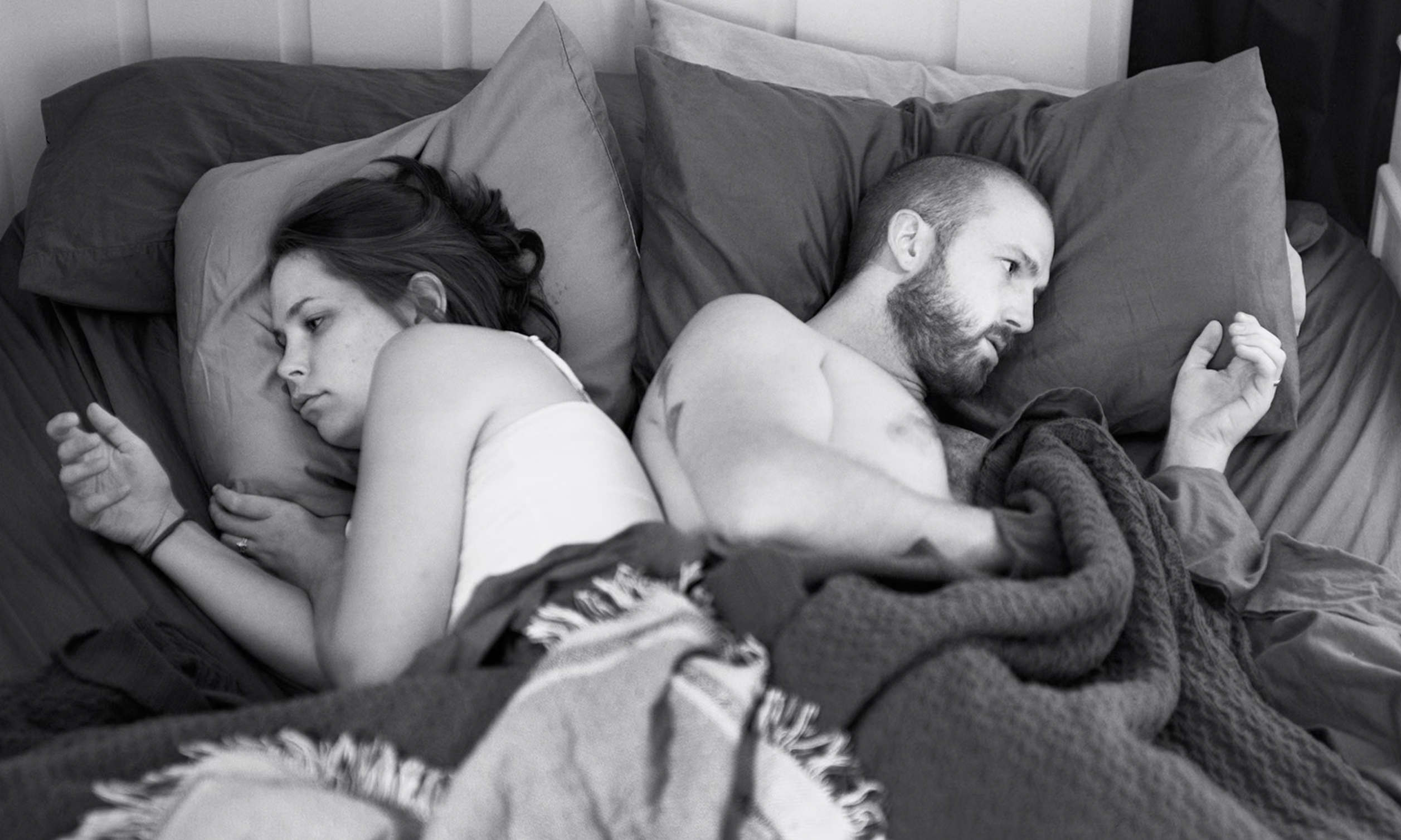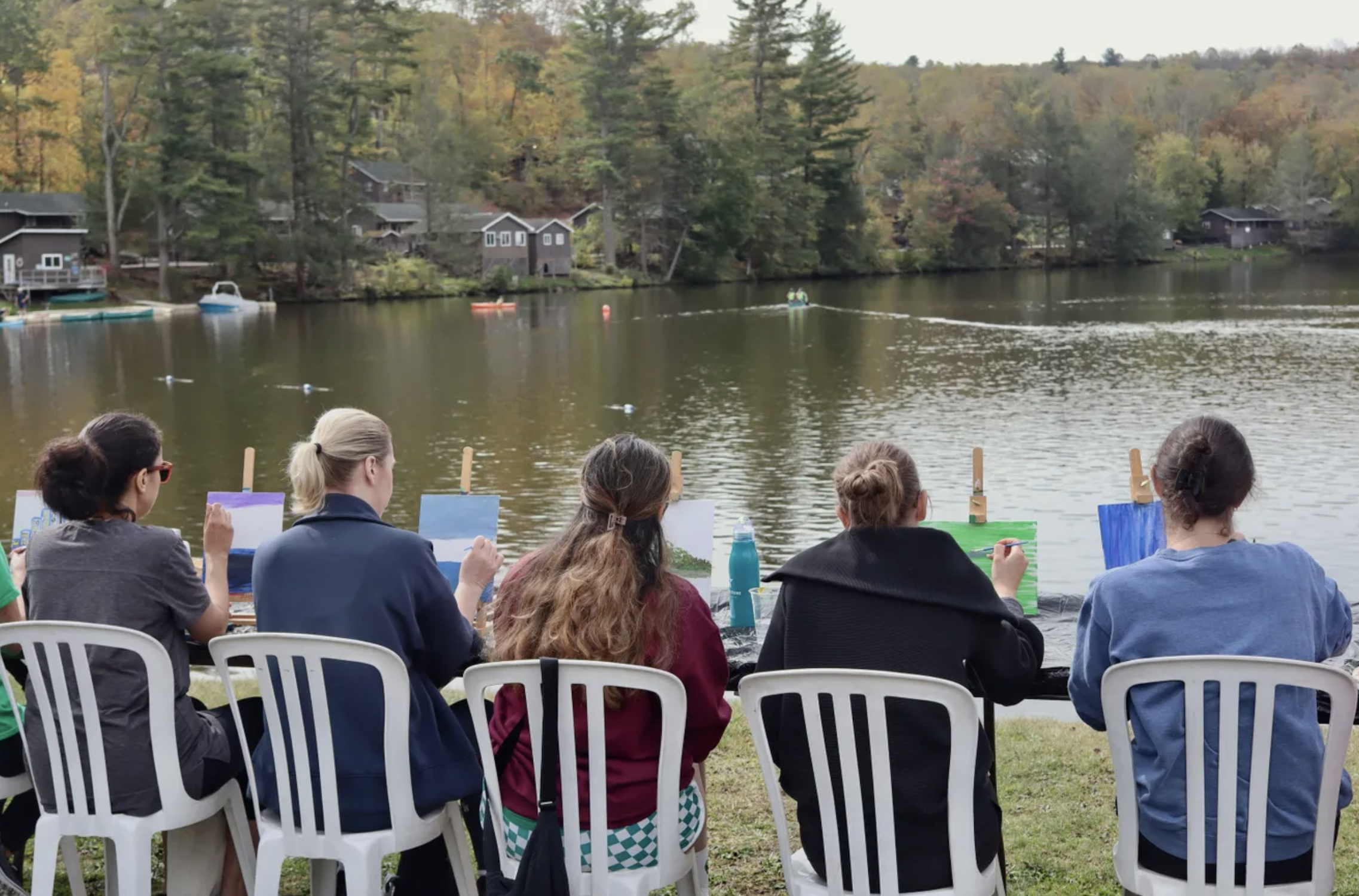
It doesn’t take a therapist to tell you that we are lonelier than ever. A 2024 Harvard report found that 21% of adults in the US feel lonely, and 75% report having little to no meaning or purpose.
There are dozens of reasons why we got here. The pandemic shifted something fundamental, and we never bounced back. It also created a surge in technology that allowed and normalized isolation.
But even before that — over the last decade — we’ve done our best to engineer annoyance out of our lives. Set your Uber to “quiet preference” so the driver doesn’t talk. Have someone deliver you dinner without ever seeing their face or knowing their name. Order coffee on an app to avoid small talk with the barista. Take workout classes online. No need to wait for a piece of equipment or listen to the mouth breather next to you. You can even fast forward when the teacher gets too chatty.

Every innovation promises to give you back your time, your peace, and your control. And they do. But there’s also a price: the opportunity for connection.
Real-life connection is messy and unpredictable because humans are messy and unpredictable. It’s one of the few things in our lives that technology has not been able to optimize. (Though there have been many attempts at it! Does anyone remember LoveSync — a button for couples to indicate if they wanted sex without risking rejection — on Shark Tank?) Connection requires risk. There is no way around this. It requires exposure. The only way to know someone is to let them know you.
That means showing up when you’re not at your best. Inviting someone to hang out and risking that they’ll say no. Asking for help and being declined. Every single one of these moments is a gamble. There’s no app that can guarantee the outcome. (Though if you never meet someone in person and use AI to craft all your messages, you can dull the impact). There is nothing that makes rejection impossible or removes the discomfort of being truly seen.

So we hide behind screens. You never have to tolerate the tension and awkwardness of a first conversation if you never meet someone in person. You never risk rejection if you never reach out.
Unfortunately, tolerance for humans in real life is like a muscle, and without use it atrophies until we are trapped in a vicious cycle. The less we interact, the harder it feels. The harder it feels, the more we avoid it. Soon, the friend who talks too much isn’t worth our time. The neighbor’s small talk feels like an assault. We start cutting people out of our lives for being… people.
We say we are “protecting our peace,” but I fear we are protecting ourselves from discomfort and annoyance. We are avoiding the messy reality that relationships require showing up imperfectly and letting others do the same.
Boundaries are important. Technology can be helpful. And if someone is actively harming you — not annoying you, harming you — absolutely cut them off. You don’t owe anyone access to your life. For decades, “Suck it up, buttercup” was the general norm about difficult people. Many people are unraveling years of dysfunctional relationships. That is brave and important work.
But somewhere along the way, we stopped distinguishing between harm and annoyance. The friend who’s always late is annoying but isn’t the same as the friend who talks badly about you behind your back. The family member who steamrolls your boundaries is different from the family member whose stories are too long. Learning to tell the difference is crucial.

We’re all exhausted. Most people I know are hanging on by a thread, so no wonder connection and the work associated with it have fallen by the wayside.
But we cannot forget that connection is inherent to who we are as human beings. We are wired to need each other. Ironically, the more we protect ourselves from annoyance, the more annoyed we get. When you’re isolated, every small interaction feels harder. When you’re embedded in community — even imperfect, annoying community — you have more capacity for it all.
We say often that quality matters more than quantity, and that’s true, but imperfect connection beats loneliness every time. The same neighbor whose leaf blower wakes you up on Saturday morning is the one who’ll shovel your driveway in a snowstorm. The friend who texts too much is also the one who checks in when you haven’t left your house in days. The person who chews too loudly might also be the one who remembers your kid’s birthday.
You can’t have one without the other. So, the question is: what are you willing to tolerate for connection?
The only way to know is through practice. Start small: wave at your neighbor, ask the barista about their day, show up to one thing even when you’d rather stay home. When someone takes too long in the grocery store, that’s your opportunity to practice. These moments may feel trivial, but they’re acts of recognizing another’s humanity. And when you eliminate them, you don’t just lose annoyance and inconvenience — you lose connection, the fabric that makes life meaningful.